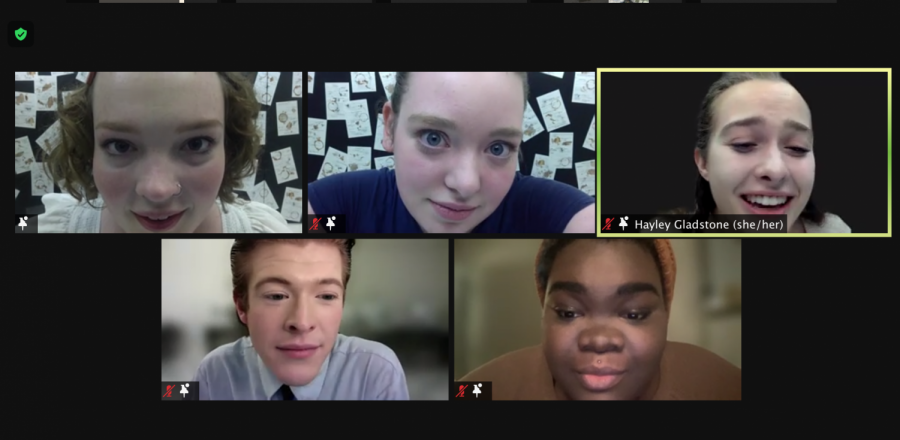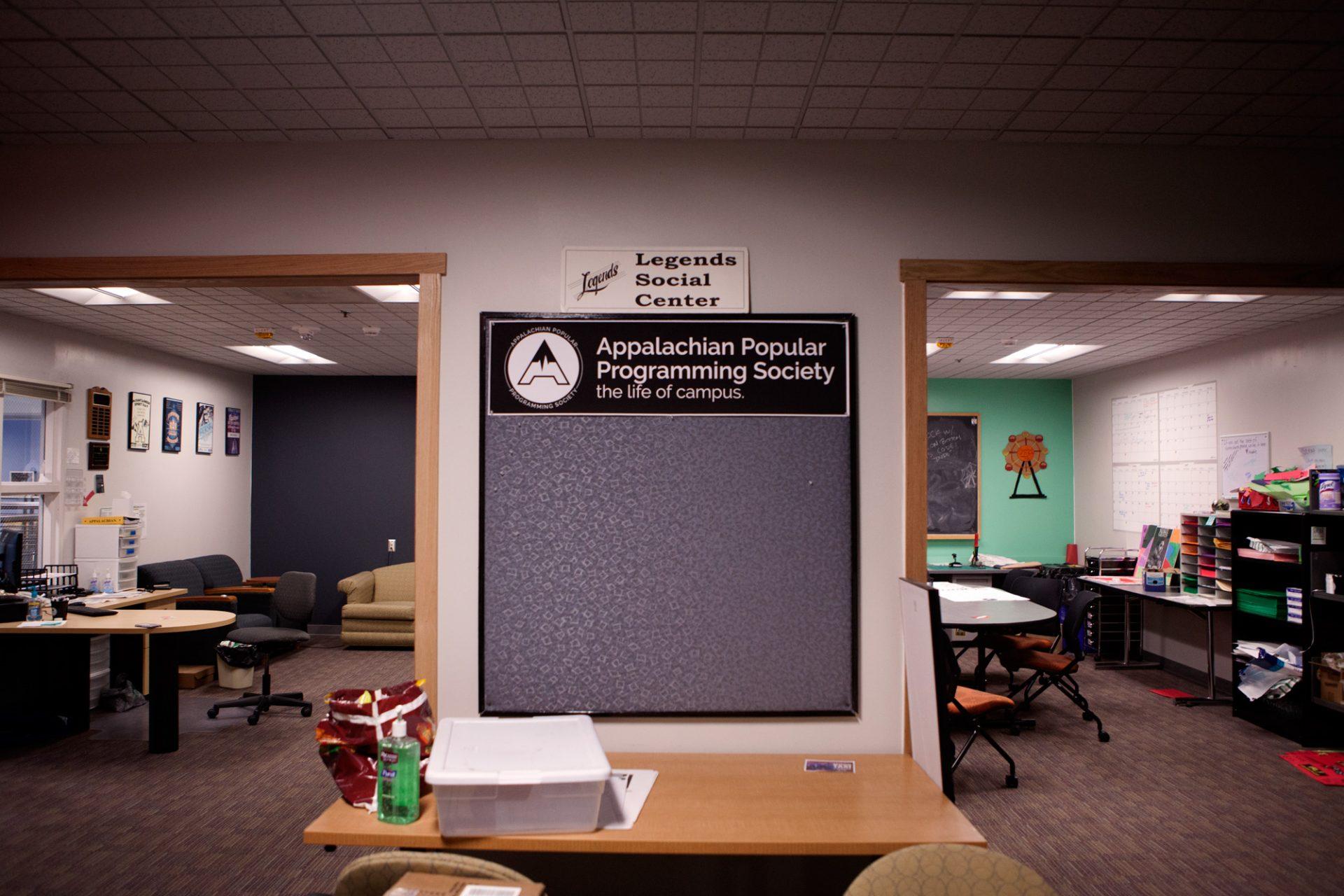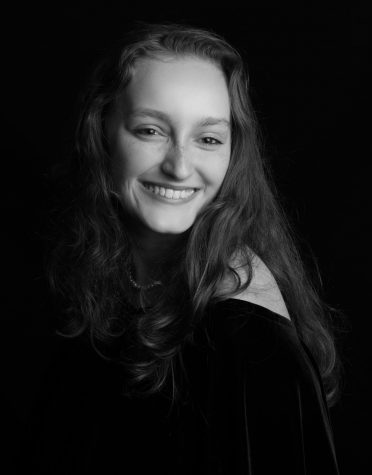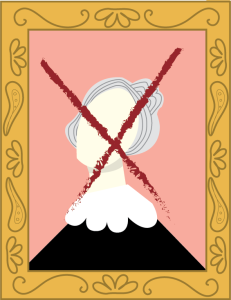Department of Theatre and Dance explore race and biases in new production
The performers of “This Is Not The Play.” The Department of Theatre and Dance performed the play virtually last Thursday through Sunday.
March 5, 2021
The App State Department of Theatre and Dance was one of the first to perform the currently unpublished play “This Is Not The Play” virtually last Thursday through Sunday. The play is set in a Black playwright’s brain and centers around her difficulty in making her imaginary white characters cooperate with her as she tries to write a play about them.
Latavia Owens, who goes by she/hers and they/them pronouns and played the playwright in “This Is Not The Play,” said she thought the play lent itself well to a virtual performance.
“It kind of helps with the aspect of allowing it to come off more as being in the playwright’s brain instead of something that’s being acted out, because on screen we’re all in this one little area,” Owens said.
The play explores themes of racial prejudice, bias and privilege. In one scene, a character hovers above the cast clad in a clean blue shirt, black tie and equipped with a cheerful smile. The character explains to the cast how uniquely qualified he is to be a literary agent simply because he is white.
“Most white people,” he said, “have no idea (about being uniquely qualified) because we’re just sort of passively, blindly, reaping the benefits.”
The reason for the play’s emphasis on highlighting white privilege may be found in its origins. A theater troupe called Mad Dog Theatre Company originally commissioned playwright Chisa Hutchinson to write the play. Hutchinson, who primarily writes for people of color, was surprised when she realized Mad Dog Theatre Company’s theater troupe was mainly white.
Describing her process of writing “This Is Not The Play” as similar to delving into “uncharted territory,” Hutchinson ended up turning her process of writing the play into the play itself.
Hutchinson said the play was “pretty autobiographical,” as she based the character of the Black playwright on her personal experiences. The Black playwright even grew up in Newark, New Jersey, just like Hutchinson.
Owens said they felt like she could relate a lot to the character.
“Even though she is surrounded by a bunch of white actors or white characters that she’s creating, she’s still kind of confined the relatability to them,” Owens said, “and is able to understand (the white actors and characters) and where they’re coming from, and is not coming in biased. And that’s how I’ve always been because I always went to majority white high schools.”
Gina Grandi, director of “This Is Not The Play,” notes that the App State Department of Theatre and Dance has “a primarily white student body,” which has caused the department to ask itself, “How can we be doing a better job of looking at theatrical work that is not about white people when we also can’t necessarily cast the stuff that we want to be able to do?”
Grandi said that she thinks “This Is Not The Play” helps answer that question.
“I think we got very lucky with this play in that the play is about these conversations, but it is castable with our population of students.”
Hutchinson says one of the conversations that she hopes the play gets people talking about is the merit of being willing to understand others before immediately passing judgment.
“For white folks, I really just kind of want to get them thinking about how they interact with Black people, and what kinds of assumptions they make about Black people – to really sort of maybe pause,” said Hutchinson.
Grandi said that the cast also took some time to reconsider their own prejudices and biases while rehearsing.
“The cast has been really really amazing about being willing to have those conversations and sit in some discomfort because it’s not a very, black-and-white, for lack of a better word, it’s not a very black-and-white play,” Grandi said.













